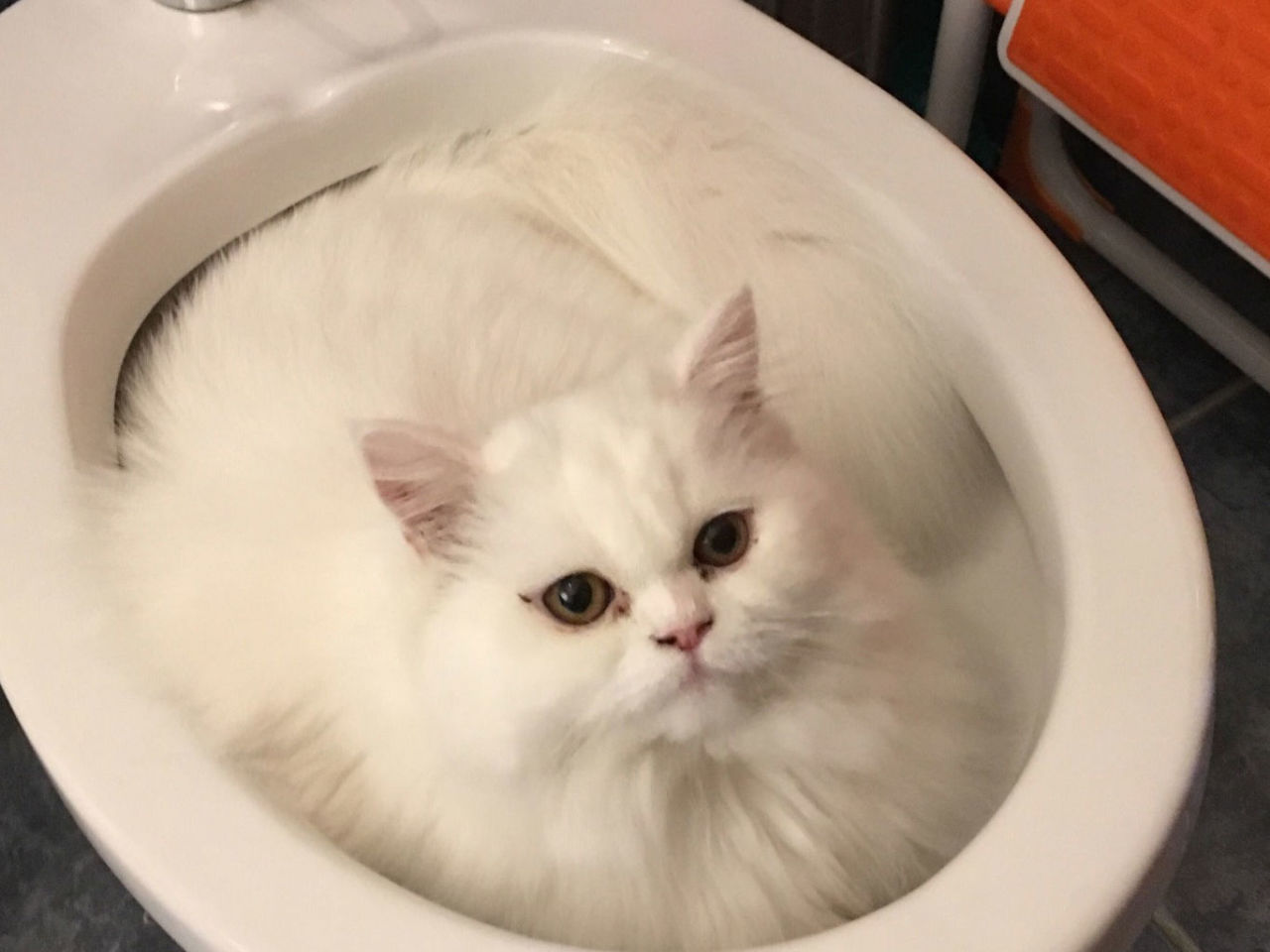Just how do you really feel on the subject of How to Dispose of Cat Poop and Litter Without Plastic Bags?

Intro
As pet cat proprietors, it's essential to be mindful of how we dispose of our feline pals' waste. While it might appear convenient to flush feline poop down the bathroom, this technique can have destructive effects for both the setting and human health.
Alternatives to Flushing
Fortunately, there are more secure and more responsible ways to deal with cat poop. Consider the adhering to alternatives:
1. Scoop and Dispose in Trash
The most typical technique of taking care of cat poop is to scoop it into a biodegradable bag and throw it in the trash. Make sure to utilize a specialized trash scoop and get rid of the waste immediately.
2. Use Biodegradable Litter
Select naturally degradable feline litter made from materials such as corn or wheat. These clutters are eco-friendly and can be safely gotten rid of in the trash.
3. Hide in the Yard
If you have a lawn, think about burying pet cat waste in an assigned area far from vegetable yards and water sources. Be sure to dig deep adequate to avoid contamination of groundwater.
4. Mount a Pet Waste Disposal System
Purchase a pet waste disposal system especially designed for pet cat waste. These systems use enzymes to break down the waste, lowering smell and environmental effect.
Wellness Risks
In addition to ecological issues, purging feline waste can likewise present health risks to human beings. Feline feces may have Toxoplasma gondii, a bloodsucker that can trigger toxoplasmosis-- a possibly extreme illness, particularly for expectant females and individuals with damaged body immune systems.
Environmental Impact
Flushing pet cat poop introduces damaging virus and bloodsuckers into the supply of water, posing a substantial threat to marine communities. These pollutants can adversely impact marine life and concession water top quality.
Conclusion
Accountable family pet possession prolongs past supplying food and shelter-- it additionally includes proper waste administration. By refraining from purging pet cat poop down the bathroom and choosing different disposal techniques, we can minimize our environmental impact and shield human health and wellness.
Why Can’t I Flush Cat Poop?
It Spreads a Parasite
Cats are frequently infected with a parasite called toxoplasma gondii. The parasite causes an infection called toxoplasmosis. It is usually harmless to cats. The parasite only uses cat poop as a host for its eggs. Otherwise, the cat’s immune system usually keeps the infection at low enough levels to maintain its own health. But it does not stop the develop of eggs. These eggs are tiny and surprisingly tough. They may survive for a year before they begin to grow. But that’s the problem.
Our wastewater system is not designed to deal with toxoplasmosis eggs. Instead, most eggs will flush from your toilet into sewers and wastewater management plants. After the sewage is treated for many other harmful things in it, it is typically released into local rivers, lakes, or oceans. Here, the toxoplasmosis eggs can find new hosts, including starfish, crabs, otters, and many other wildlife. For many, this is a significant risk to their health. Toxoplasmosis can also end up infecting water sources that are important for agriculture, which means our deer, pigs, and sheep can get infected too.
Is There Risk to Humans?
There can be a risk to human life from flushing cat poop down the toilet. If you do so, the parasites from your cat’s poop can end up in shellfish, game animals, or livestock. If this meat is then served raw or undercooked, the people who eat it can get sick.
In fact, according to the CDC, 40 million people in the United States are infected with toxoplasma gondii. They get it from exposure to infected seafood, or from some kind of cat poop contamination, like drinking from a stream that is contaminated or touching anything that has come into contact with cat poop. That includes just cleaning a cat litter box.
Most people who get infected with these parasites will not develop any symptoms. However, for pregnant women or for those with compromised immune systems, the parasite can cause severe health problems.
How to Handle Cat Poop
The best way to handle cat poop is actually to clean the box more often. The eggs that the parasite sheds will not become active until one to five days after the cat poops. That means that if you clean daily, you’re much less likely to come into direct contact with infectious eggs.
That said, always dispose of cat poop in the garbage and not down the toilet. Wash your hands before and after you clean the litter box, and bring the bag of poop right outside to your garbage bins.
https://trenchlesssolutionsusa.com/why-cant-i-flush-cat-poop/

Do you like reading about Don’t flush cat feces down the toilet? Place a remark further down. We would be interested to see your ideas about this entry. We hope that you come back again later on. In case you appreciated our blog posting please remember to pass it around. I recognize the value of reading our article about Can You Flush Cat Poo or Litter Down the Toilet?.
Services